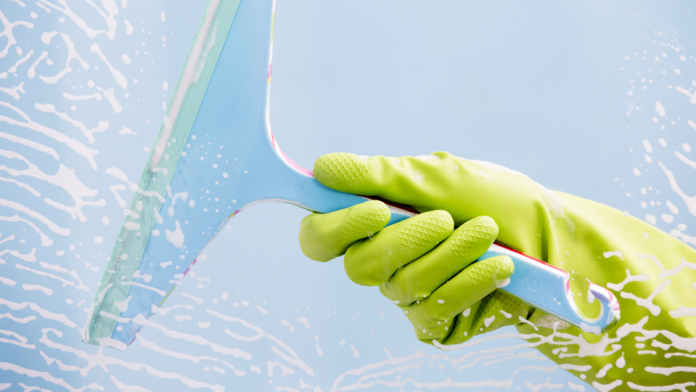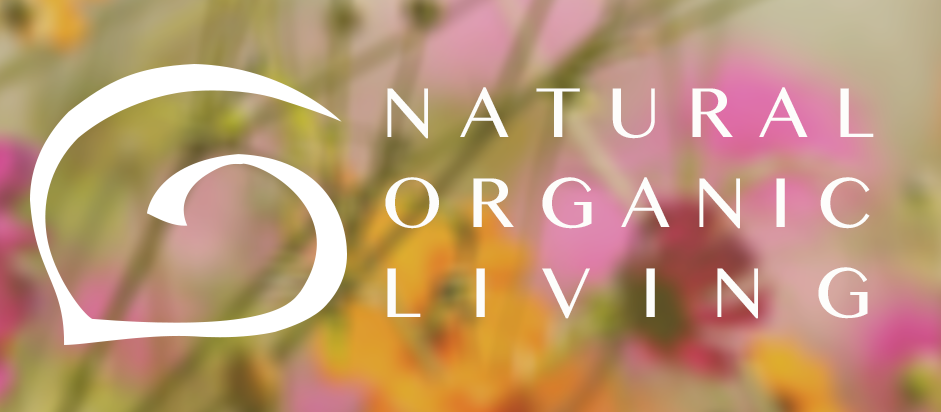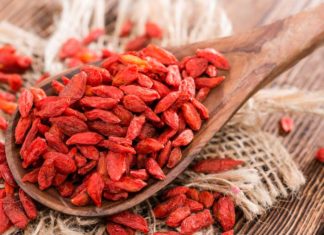
We realise the impact of synthetic detergent and cleaning product. It is evident in the damages to our environment and general health. We are surrounded by pollution plus chemical exposure on out air, water as well as skin. Yes, it understandable that we all have a different tolerant level but it can be a slow death that we can avoid. Yes, we are slightly dramatising it a little. But the amount of chemical we are exposed to do some harm to our well being. Hence it is a better choice to choose more natural cleaning products to reduce our chemical exposure, not only for our well being but our family well being.
Cleanliness was not always as important as it was today. The real revolution of cleanliness started in the 1600s. Soap was initially a luxury item. Through time liquid soap and during the WW1 synthetic chemical detergent was created. It was not until 1943 that this synthetic detergent gains steam and become what it is now. Unfortunately, with the introduction of a new synthetic detergent, allergy and skin irritation amongst adult and infant occur. Furthermore, the environment has been dramatically impacted by the introduction of detergent.
Most cleaning products on the market now contain ingredients from the chemicals, and people are using it for household tasks such as cooking or laundry cleaning without knowing about their impact on human health. These chemicals attack our body and bring with them a lot of risks. One of the best ways to counter this problem is to make natural cleaning products yourself that can be applied to your daily housework. The goal is to reduce the amounts of chemicals that you have to deal with every day to keep yourself and your family members healthy.
Natural cleaning products are good for you and your family
If you use natural cleaning products, there will be no chemicals absorbed into the skin or inhaled by people who are cleaning. Benefits for your health and family members include no longer breathing in detergent in the air and sitting on the surface of the chemicals.
Studies have shown that using a home cleaning spray, even once a week increases the risk of asthma. Using natural cleaning products can reduce the risk of asthma.
Chemical cleaning products change according to the type of health hazards they cause. Some cause immediate, immediate dermatitis or chemical respiratory irritation, while others are associated with chronic or long-term reactions such as cancer.
Synthetic chemical detergent can cause a severe allergic reaction to many adults and children. It is especially harmful to the infant. Infant or young children have the lowest epidermal barrier. This makes them more susceptible to atopic dermatitis, allergic symptoms. It is said that these symptoms will continue way into their adulthood. The dermatological medicine published cases in Japan where a patient with severe cases of allergy to detergent, was stripped of all detergent base product and the result shows that their skin regains its natural health. However, detergent was reintroduced into their household the skin irritation or allergy return. This indicates the damages detergent give us. We may not have the severity of these patients, but there is a sign there. Soap and detergents strip our natural skin oils and disrupting our protective skin layer; dryness is a symptom. Further to this, it may provoke skin damage such as scaling, dryness, tightness, roughness, erythema, and swelling.

Benefits for your health and for family members such as no longer breathing in detergent in the air and sitting on the surface of the chemicals
According to Philip Dickey of Toxics Coalition of Washington, the most hazardous chemical cleaning products include detergent cleaners, oven cleaners, and acid toilet cleaners. Corrosive chemicals can cause severe burns on the eyes, skin and, if swallowed, on the throat and oesophagus. Highly toxic constituents include chlorine bleach and ammonia, producing fumes that harm eyes, nose, throat and lungs, and should not be taken by people with asthma or lung problems or heart. These two chemicals pose a different threat when they can react with each other or other chemicals to form lung-damaging gases. Combined products containing chlorine and ammonia or ammonia and alkaline solution (in some ovens) produce chloramine gas, while chlorine combined with acids (commonly used in toilet bowls) creates toxic chlorine gas.
Fragrances are added to many detergents, and fabric softeners, which can cause acute reactions such as respiratory irritation, headache, sneezing, and tears in sensitive individuals. Also colds or allergies and asthma. The National Institute for Occupational Safety and Health found that one-third of the substances used in the perfume industry was toxic. But since the chemical formulas of the fragrances are considered trade secrets, companies do not have to list their ingredients but label them as “fragrant”.
Other ingredients in chemical cleaning products may have low acute toxicity but contribute to long-term health effects, such as cancer. Some detergents are intended for use containing the cleansing agents’ diethanolamine (DEA) and triethanolamine (TEA). When these substances are exposed to nitrite, commonly found in non-disclosed preservatives or contaminants, they react to form nitrosamines – easily carcinogenic carcinogens. 1,4-dioxane, a suspected carcinogen, may be present in the cleaners produced with ethoxylated alcohol. Butyl cellosolve (also known as ethylene glycol monobutyl ether), may be neurotoxic (or cause damage to the brain and nervous system), is also in some detergents.

Other ingredients in chemical cleaning products may have low acute toxicity but contribute to long-term health effects
Chemicals called “hormone-damaging substances” can interfere with the body’s natural chemical messages by blocking or mimicking hormone activities. Possible health effects include decreased sperm count, increased congenital malformations in men such as sperm (unwanted testes) and hypoglycemia (where the urethra is below the penis) and increased rates of some cancers. The alkylphenol ethoxylates (APEs) used in some detergents have been proven to mimic estrogen; An APE, p-nonylphenol, caused estrogen-sensitive breast cancer cells to multiply in a test tube study.
There is a long list of the harmful effects of cleaning products, and it is really scary. If you care about your health as well as your family’s, consider switching to natural cleaning products as they carry no of the aforementioned substances.
Current detergent impact on the environment
It is sad to say that our cleaning detergent or chemical cleaning product does not do aid the environment but oppose the environment. Detergent or soap, cleaning product has a cleaning agent that does wonders for our dirty house environment. However, moving outside from our home to our land and waterway, lake, rivers and ocean. It does massive damages.
Cleaning agent like phosphate is cheap, non-toxic it is referred by many manufacturers. However as this substance is super nutrient, it creates excess growth of algae, the fauna and flora in our water bodies. What is destructive about this action is the flowing effect of the excess nutrient. When the body of water contains too many algae and fauna and flora, there is little space or room for light and oxygen to penetrate our water, causing the death of aqua species. Further to this the foam this agent create a foam barrier on top of the water body causing light and oxygen penetration. Hence causing living organism, living creature and plants in that body of water to perish. In time these water bodies are non-consumable for us, animals and plants.
In 2015 Paris conference 195 nation have agreed with the destruction detergent made on our environment and are looking for a better way with detergent. This acknowledgement has a clear impact on the impact and destruction detergent is to our environment. Let join them by making a better choice not only our health but our environment and the future of our children health and environment.

The power in is your hand, make a better choice
Natural cleaning products are friendly with the environment
For chemical cleaning products, once the foam cleaners have disappeared in our sewers, they will be treated with wastewater at the wastewater treatment plant and then discharged to nearby waterways. Most of the ingredients in chemical detergents break down into harmless substances during treatment or soon after. However, others do not, threatening water quality or fish and other wildlife. In a May 2002 study of pollutants in stream water samples across the country, the US Geological Survey found persistent detergent metabolites in 69% of tested streams. Sixty-six percent contain a disinfectant.
USGS detergent metabolites were found to be members of a group of chemicals called alkylphenol ethoxylates (APEs). APEs, including nonylphenol ethoxylate and octylphenol ethoxylates, are surfactants. They are added to some detergents, disinfectants, and cleaners/degreasers. When discharged into urban wastewater, nonylphenol ethoxylates and octylphenol ethoxylates break down into nonylphenol and octylphenol which are more toxic and less readily degraded in soil and water. APE has been shown to mimic estrogen, and their presence in water can harm the reproduction and survival of salmon and other fish. In England, for example, researcher John Sumpter discovered that male fish exposed to APEs in rivers produce yolk proteins.

Use natural cleaning products, to reduce pollution on our waterways and air and minimise the impact of ozone depletion and air change
Plastic bottles used to pack detergent products form another environmental problem by contributing to the rubble of solid waste that must be buried or burned in non-recycled cases. Most of the cleaners are bottled in high-density polyethene (HDPE, marked with # 2 inside the recycle triangle) or polyethene terephthalate (PETE, number 1) is accepted for recycling in some days. However, some are bottled in polyvinyl chloride (PVC, # 3). PVC, also known as vinyl, is made from carcinogenic chemicals such as vinyl chloride and forms a byproduct of a potential carcinogen, dioxin, during manufacture and burning process. As a final offence, most sanitary facilities do not accept PVC for recycling; Less than 1% of all PVC is recycled each year.
Not only for our health, but we also should make more effort to protect our environment, start by using natural cleaning products, to reduce pollution of our waterways and air and minimise the impact of ozone depletion and air change. Globally, natural cleaning products also use recycled packaging to minimise waste.
So, if the information above makes you anxious to give up chemical cleaning products, you can refer to these handmade recipes to create natural cleaning products below
Laundry soap
There are many people who are concerned about what can cling to and penetrate into their bodies when using chemical detergent, the additives stick to your clothes and can adhere and damage your skin.
By making your natural laundry soap, you know exactly what is touching your clothes when you come in contact with them. This formula includes washing soda, borax and natural bar soap. As a natural cleaning product, be assured that it is good for your skin and will not harm your health or the environment.
To make laundry soap in powder form, follow these steps:
- Grate the bar soap of your choice. You can buy it in the health or organic sections of most stores. Grate it until finely ground
- Mix 2 parts washing soda, 2 parts Borax and 1 part grated soap
- Put the mixture in a closed container and use 2 tablespoons to ¼ cup per a load of laundry.
This formula includes washing soda, borax and soap.
Toilet cleaners
You will be surprised to know that you can clean your toilet without the use of cleaning chemicals. You need a formula of vinegar, baking soda and tea tree oils You will need:
- ½ cup baking soda
- 1 cup distilled white vinegar
- ½ teaspoon tea tree essential oil.
You need a spray bottle to combine vinegar and tea tree oil. Spray the mixture on the toilet seat, handle, etc. wherever you want to clean. Let it sit for a while before sprinkle baking soda and scrub with a toilet brush. Then you clean, dry cloth to wipe off the solution. Your toilet will be cleaned and deodorised.

Your formula includes vinegar, baking soda and essential oils. You will get a cleaning solution in the toilet
Window glass cleaners
Preparation
- 1 orange
- Vinegar
- 1 cap with a lid to soak orange peels
- 1 spray can
How to make natural glass water
- With orange, you split the shell, take away the intestines. You can cut the orange peel so that the orange juice is extracted from the outside when soaked.
- Add the sliced orange peel to the container, then pour the vinegar into the jar. Remember to fill the orange peel.
- Then cover the jar and place in cool, dry place for 2 weeks.
- After two weeks, you filter the orange peel vinegar. Dilute vinegar with water in a ratio of 2: 1 and put all into a spray.
Dishwashing solution
The ingredients you need are:
- 1 tablespoon borax
- 1 tablespoon soda wash
- ½ tablespoon kosher salt
- ½ tablespoon citric acid
The only step needed is to mix all the ingredients. A load of dishes use up 1 or 2 tablespoons
Since you now know more about the harmful effects of chemical cleaning products as well as how to make natural cleaning products, protect yourself, your family and the environment with natural cleaning products. For more information about natural cleaning products. Please visit https://naturalorganicliving.com.au/










